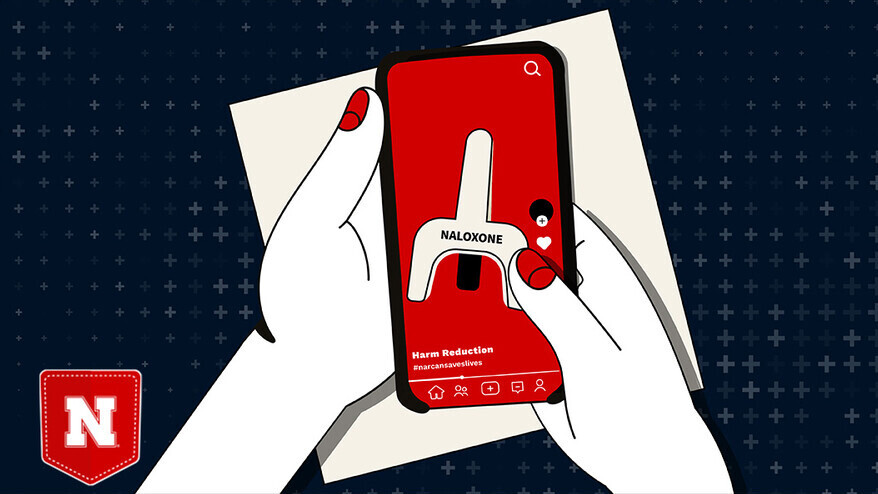
Welcome to Pocket Science: a glimpse at recent research from Husker scientists and engineers. For those who want to quickly learn the “What,” “So what” and “Now what” of Husker research.
What?
With fatal opioid overdoses continuing to increase each year, the Federal Drug Administration in 2023 made Narcan — the brand name for naloxone in nasal spray form — available over the counter, but recent polling shows that most Americans still aren’t aware they can access it without a prescription.
Additionally, TikTok’s popularity as a tool for searching out and disseminating health information is growing. A 2022 study found that 20% of Americans now turn to TikTok before their doctors to answer health questions. Content creators with a goal of harm reduction have increasingly used the platform to educate users about naloxone, a life-saving drug that can reverse an opioid overdose.
So what?
Led by Kelli Boling, assistant professor of advertising at the University of Nebraska–Lincoln, a group of researchers from the College of Journalism and Mass Communications and the Center for Rural Drug Addiction recently published a study examining the role of TikTok creators in promoting naloxone.
Utilizing the hashtags #narcansaveslives and #naloxonesaveslives to search TikTok, the researchers found more than 900 videos and randomly selected 100 videos to be analyzed. The timing of the videos was also important. The search was limited to a specific time period — June 5, 2020, to Oct. 4, 2022 — during the height of the COVID-19 pandemic, when opioid deaths were increasing and Americans were spending more time online. The videos were coded for visuals, audio and transcribed voice text, as well as text included on the screen and in captions, and hashtags.
The most consistent theme of the videos was education, with four sub-themes: the prevalence of the opioid epidemic; how to access and use Narcan/naloxone; correcting misinformation; and discussion about the disease of substance use disorder and reality of recovery.
The researchers also noted that there was a strong “collective voice” among the harm reduction creators and that the collective voice and collective lived experiences shared “are also de-stigmatizing opioid harm reduction and sharing resources and information helpful to others.”
Now what?
The study demonstrated the important role TikTok can play in harm reduction education. Future research could examine how this content changes audience attitudes toward naloxone and whether it leads to more people carrying naloxone as a harm reduction tool.







